Separating Silver from Tin Silver Alloy Residue: Effect of Agitation Rate
Abstract
:1. Introduction
2. Materials and Methods
2.1. Materials
2.2. Experimental Procedures
2.2.1. Tin Silver Alloy Enrichment Process
2.2.2. Separation of Tin Silver Alloy
2.3. Methods
3. Results and Discussion
3.1. Tin Silver Enrichment Results
3.2. Separation of Silver from Tin Silver Alloy
3.2.1. Amount of Zinc Added
3.2.2. Effect of Holding Time
3.2.3. Effects of Agitation
3.2.4. Effects of Agitation Time
3.2.5. Agitation Time, Agitation Rate and Desilvered Silver
3.3. Discussion
4. Conclusions
Author Contributions
Funding
Data Availability Statement
Acknowledgments
Conflicts of Interest
References
- Mutafoglu, T.H.; Tokat, E.; Tokat, H.A. Forecasting precious metal price movements using trader positions. Resour. Policy 2012, 37, 273–280. [Google Scholar] [CrossRef]
- Mandal, M.; Moon, A.; Sangal, S.; Mondal, K. Nanoporous Ag template from partially sintered Ag-Zn compact by dezincification. Bull. Mater. Sci. 2014, 37, 1353–1367. [Google Scholar] [CrossRef]
- Sensoy, A. Dynamic relationship between precious metals. Resour. Policy 2013, 38, 504–511. [Google Scholar] [CrossRef]
- Coin, S.B. Silver Price Forecast. 2020. Available online: https://www.sbcgold.com/blog/silver-price-forecast-2020/ (accessed on 15 October 2021).
- Hurtony, T.; Szakál, A.; Almásy, L.; Len, A.; Kugler, S.; Bonyár, A.; Gordon, P. Characterization of the microstructure of tin-silver lead free solder. J. Alloy. Compd. 2016, 672, 13–19. [Google Scholar] [CrossRef] [Green Version]
- Moreira, F.R.; Moreira, J.C. Effects of lead exposure on the human body and health implications. Rev. Panam. Salud. Publica 2004, 15, 119–129. [Google Scholar] [CrossRef] [PubMed] [Green Version]
- Kubota, N.; Sato, E. The properties of silver-tin alloy deposits from pyrophosphate bath. Electrochim. Acta 1985, 30, 305–309. [Google Scholar] [CrossRef]
- Ma, H.; Suhling, J.C. A review of mechanical properties of lead-free solders for electronic packaging. J. Mater. Sci. 2009, 44, 1141–1158. [Google Scholar] [CrossRef]
- Turbini, L.J.; Munie, G.C.; Bernier, D.; Gamalski, J.; Bergman, D.W. Examining the environmental impact of lead-free soldering alternatives. In IEEE Transactions on Electronics Packaging Manufacturing; IEEE: Piscataway, NJ, USA, 2001; Volume 24, pp. 4–9. [Google Scholar]
- Ma, Y.; Prasad, M.N.; Rajkumar, M.; Freitas, H. Plant growth promoting rhizobacteria and endophytes accelerate phytoremediation of metalliferous soils. Biotechnol. Adv. 2011, 29, 248–258. [Google Scholar] [CrossRef] [PubMed]
- Ku, A.; Shapiro, A.; Kua, A.; Ogunseitan, O.; Saphores, J.; Schoenung, J. Lead-free solders: Issues of toxicity, availability and impacts of extraction. In Proceedings of the ECTC 53rd Annual Symposium, New Orleans, LA, USA, 27–30 May 2003. [Google Scholar]
- Mishra, G.; Jha, R.; Rao, M.D.; Meshram, A.; Singh, K.K. Recovery of silver from waste printed circuit boards (WPCBs) through hydrometallurgical route: A review. Environ. Chall. 2021, 4, 100073. [Google Scholar] [CrossRef]
- Bilesan, M.R.; Makarova, I.; Wickman, B.; Repo, E. Efficient separation of precious metals from computer waste printed circuit boards by hydrocyclone and dilution-gravity methods. J. Clean. Prod. 2021, 286, 125505. [Google Scholar] [CrossRef]
- Kim, S.; Lee, J.-c.; Lee, K.-s.; Yoo, K.; Alorro, R.D. Separation of tin, silver and copper from waste Pb-free solder using hydrochloric acid leaching with hydrogen peroxide. Mater. Trans. 2014, 55, 1885–1889. [Google Scholar] [CrossRef] [Green Version]
- Yoo, K.; Lee, J.-c.; Lee, K.-s.; Kim, B.-s.; Kim, M.-s.; Kim, S.-k.; Pandey, B.D. Recovery of Sn, Ag and Cu from Waste Pb-Free Solder Using Nitric Acid Leaching. Mater. Trans. 2012, 53, 2175–2180. [Google Scholar] [CrossRef] [Green Version]
- Lee, S.-h.; Yoo, K.; Jha, M.K.; Lee, J.-c. Separation of Sn from waste Pb-free Sn–Ag–Cu solder in hydrochloric acid solution with ferric chloride. Hydrometallurgy 2015, 157, 184–187. [Google Scholar] [CrossRef]
- Xu, L.; Peng, J.; Bai, H.; Srinivasakannan, C.; Zhang, L.; Wu, Q.; Han, Z.; Guo, S.; Ju, S.; Yang, L. Application of microwave melting for the recovery of tin powder. Engineering 2017, 3, 423–427. [Google Scholar] [CrossRef]
- Henao, H.M.; Masuda, C.; Nogita, K. Metallic tin recovery from wave solder dross. Int. J. Miner. Processing 2015, 137, 98–105. [Google Scholar] [CrossRef]
- Su, Z.; Zhang, Y.; Liu, B.; Lu, M.; Li, G.; Jiang, T. Extraction and separation of tin from tin-bearing secondary resources: A review. Jom 2017, 69, 2364–2372. [Google Scholar] [CrossRef]
- Kim, B.-S.; Lee, J.-c.; Kim, S.-K. A Novel Cyclic Process Involving Zinc for Separating Silver from Lead-Free Solder Residue. Mater. Trans. 2010, 51, 1350–1353. [Google Scholar] [CrossRef] [Green Version]
- Budman, E.; Stevens, D. Tin-zinc plating. Anti-Corros. Methods Mater. 1998, 45, 327–332. [Google Scholar] [CrossRef]

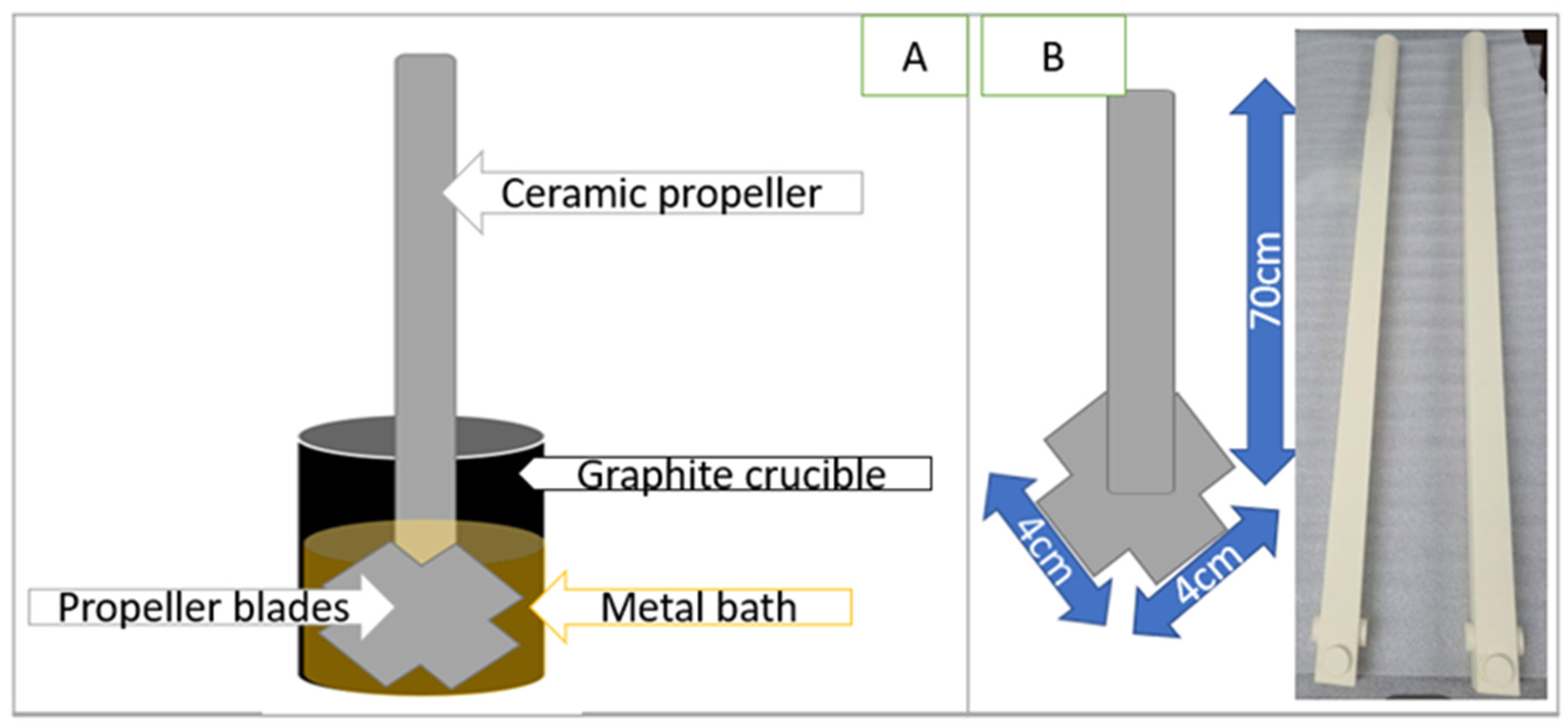
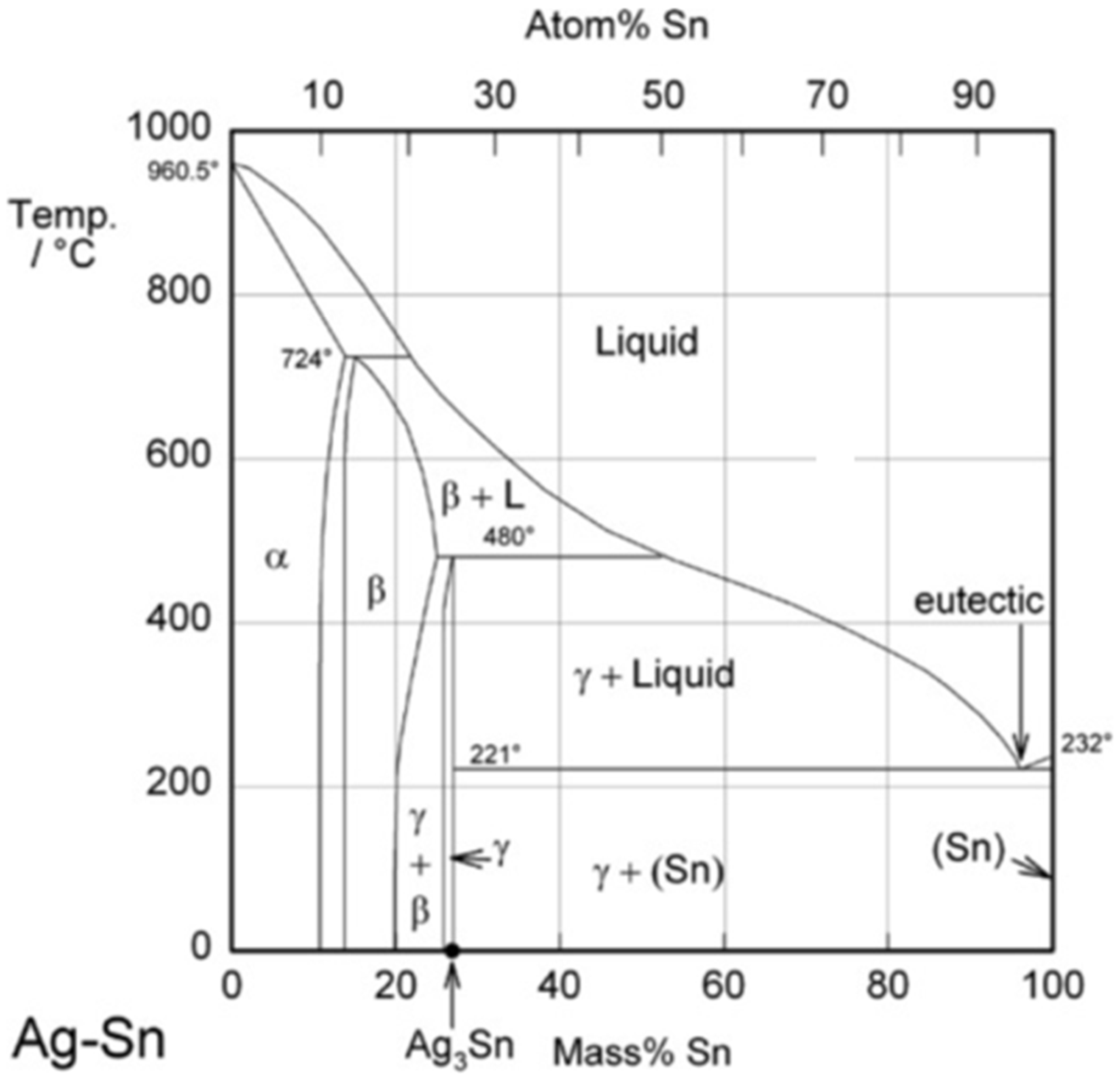
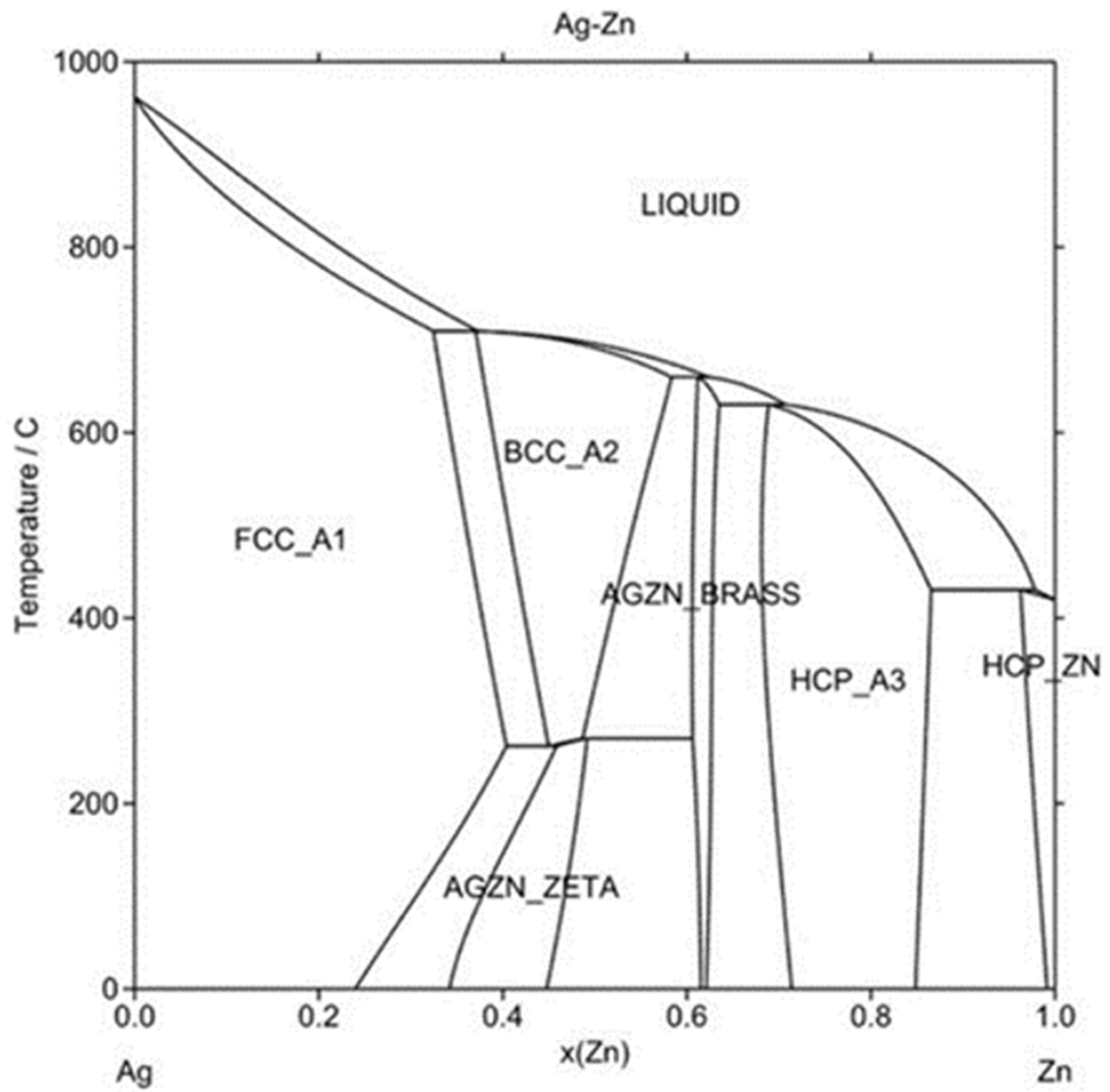
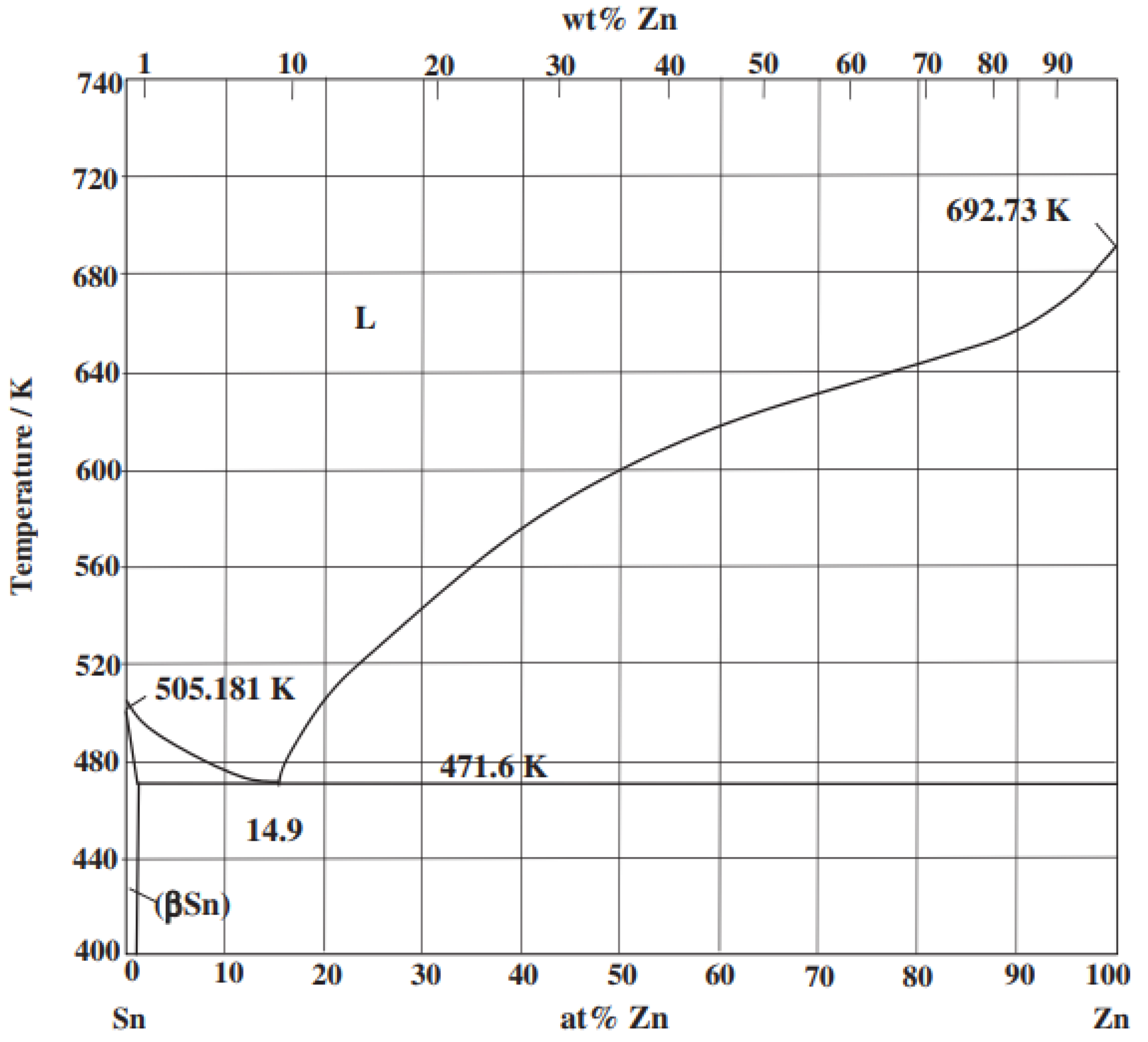
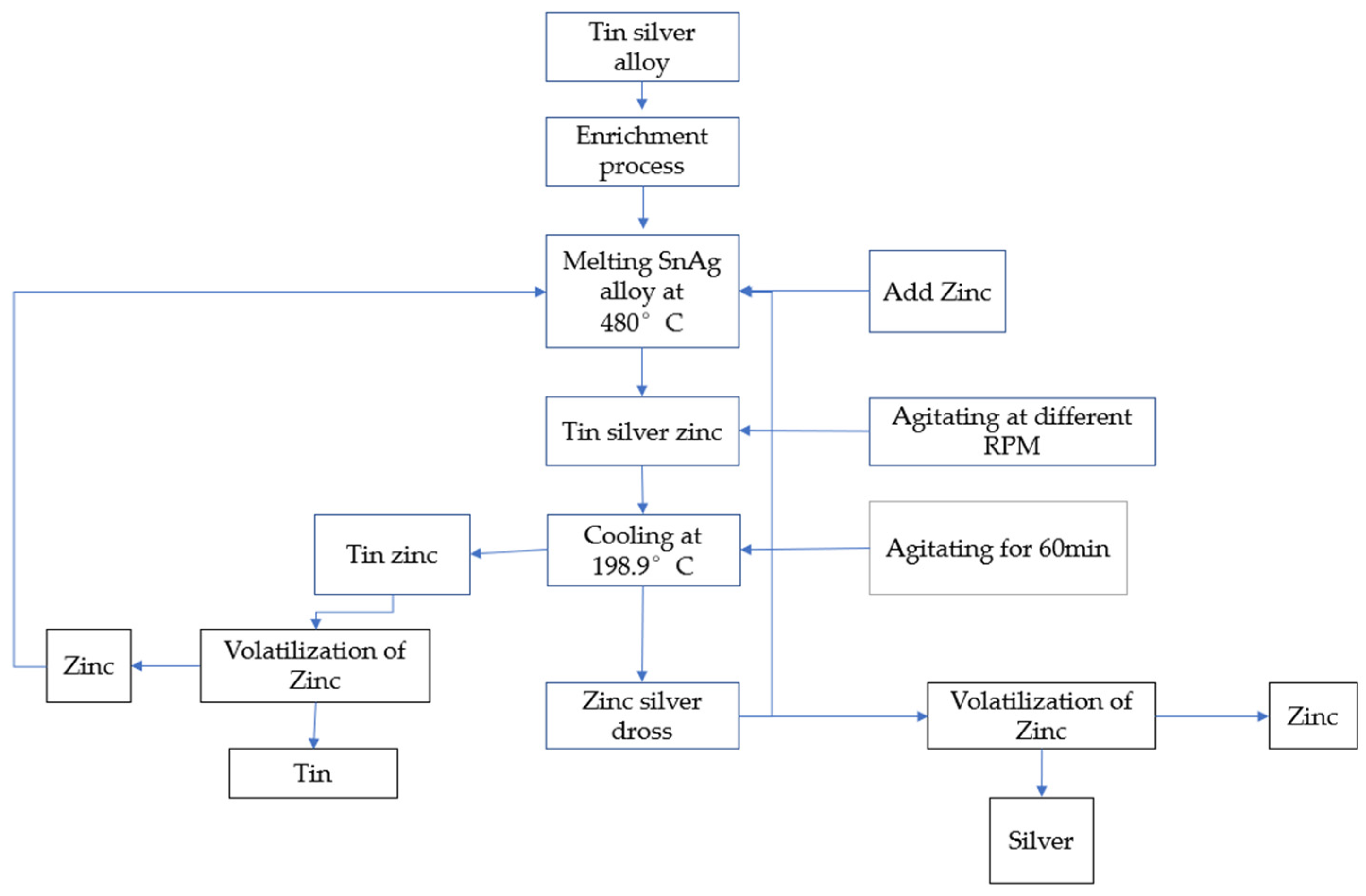

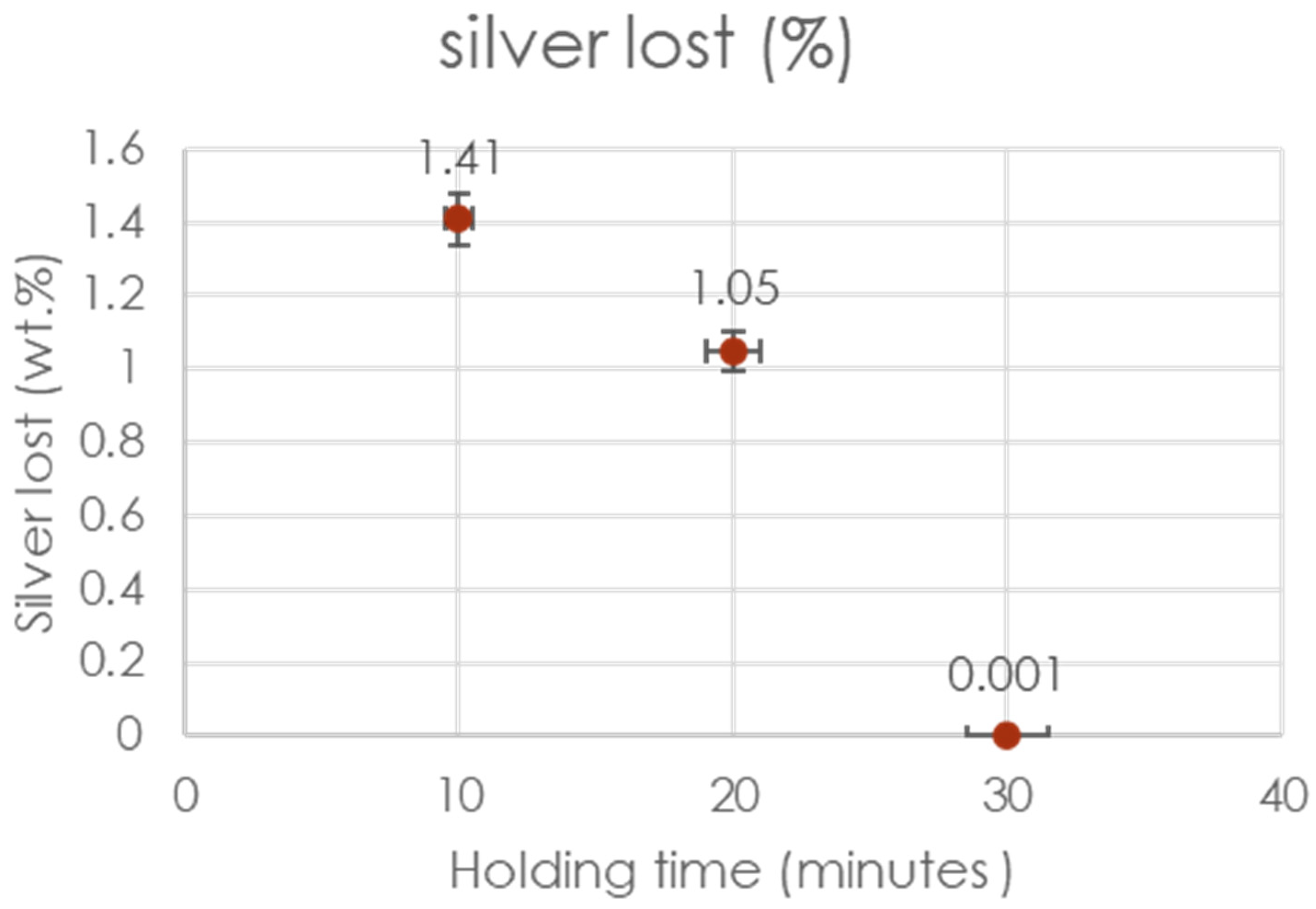



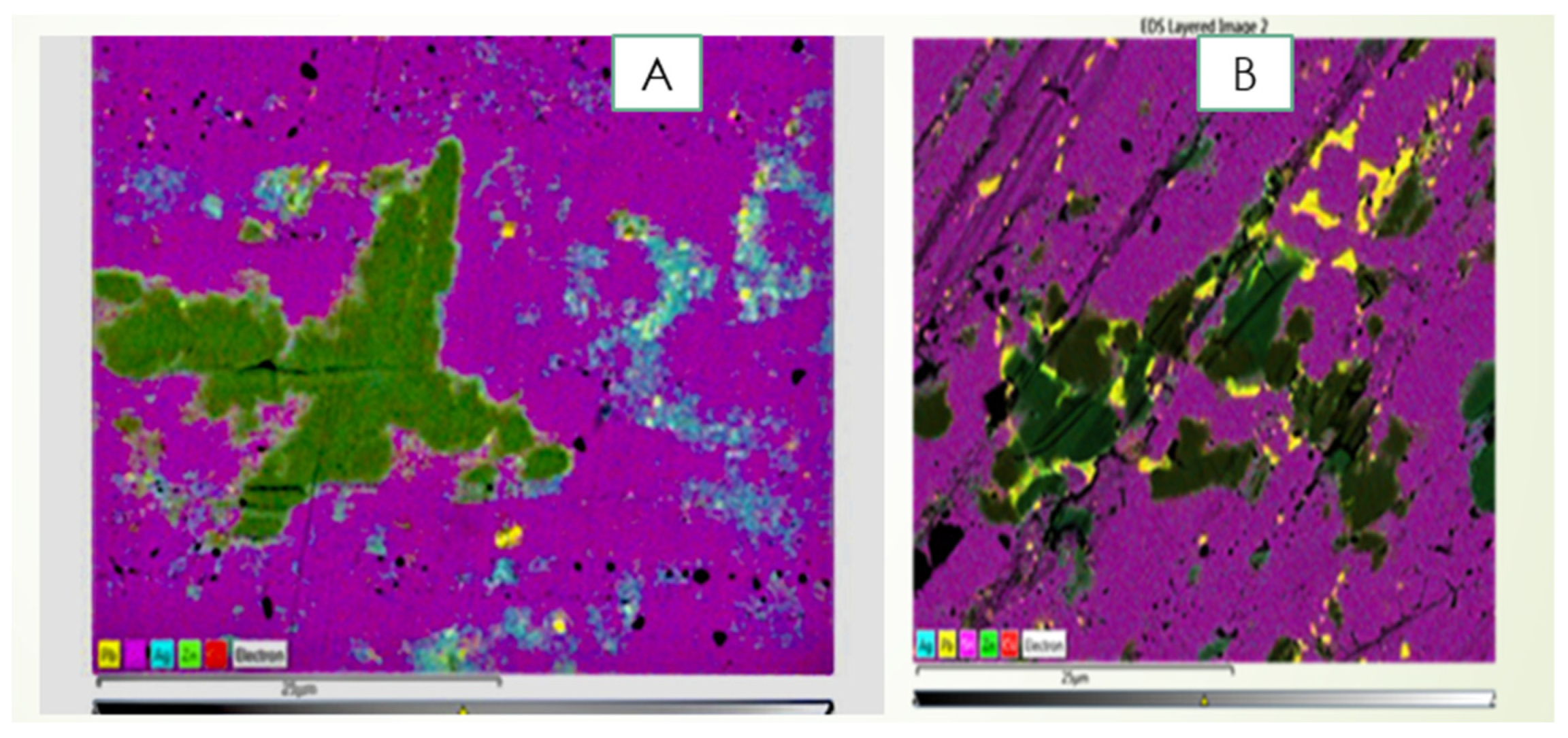

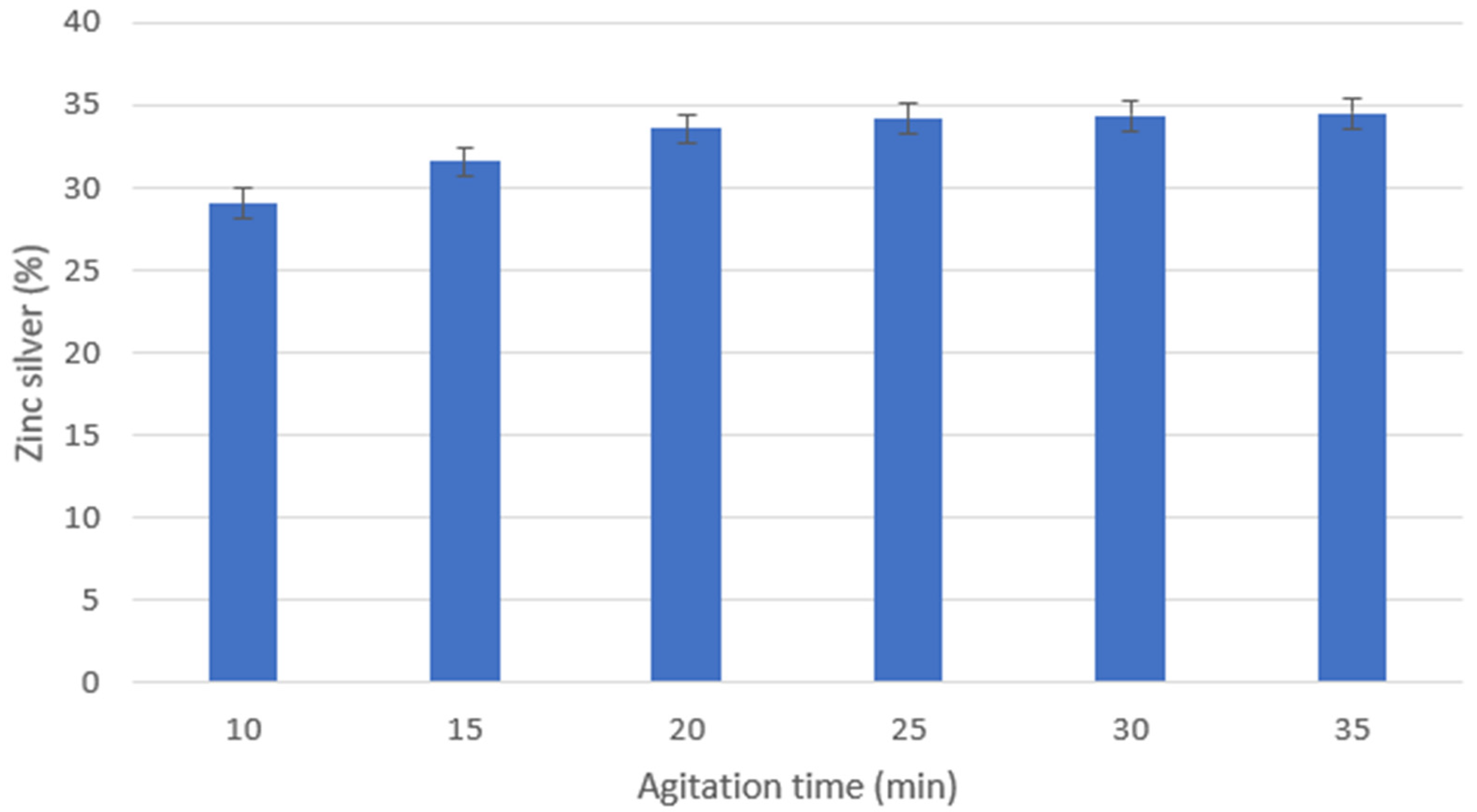

| Compositions of Elements | Ag | Sn | Cu | Mn | Pb | Zn | SiO2 |
|---|---|---|---|---|---|---|---|
| wt.% | 3.56 | 92.0 | 0.780 | 0.300 | 1.36 | 1.12 | 0.880 |
Publisher’s Note: MDPI stays neutral with regard to jurisdictional claims in published maps and institutional affiliations. |
© 2022 by the authors. Licensee MDPI, Basel, Switzerland. This article is an open access article distributed under the terms and conditions of the Creative Commons Attribution (CC BY) license (https://creativecommons.org/licenses/by/4.0/).
Share and Cite
Kabatesi, J.C.; Wang, J.-P. Separating Silver from Tin Silver Alloy Residue: Effect of Agitation Rate. Metals 2022, 12, 177. https://doi.org/10.3390/met12020177
Kabatesi JC, Wang J-P. Separating Silver from Tin Silver Alloy Residue: Effect of Agitation Rate. Metals. 2022; 12(2):177. https://doi.org/10.3390/met12020177
Chicago/Turabian StyleKabatesi, Juliette Confiance, and Jei-Pil Wang. 2022. "Separating Silver from Tin Silver Alloy Residue: Effect of Agitation Rate" Metals 12, no. 2: 177. https://doi.org/10.3390/met12020177
APA StyleKabatesi, J. C., & Wang, J.-P. (2022). Separating Silver from Tin Silver Alloy Residue: Effect of Agitation Rate. Metals, 12(2), 177. https://doi.org/10.3390/met12020177







